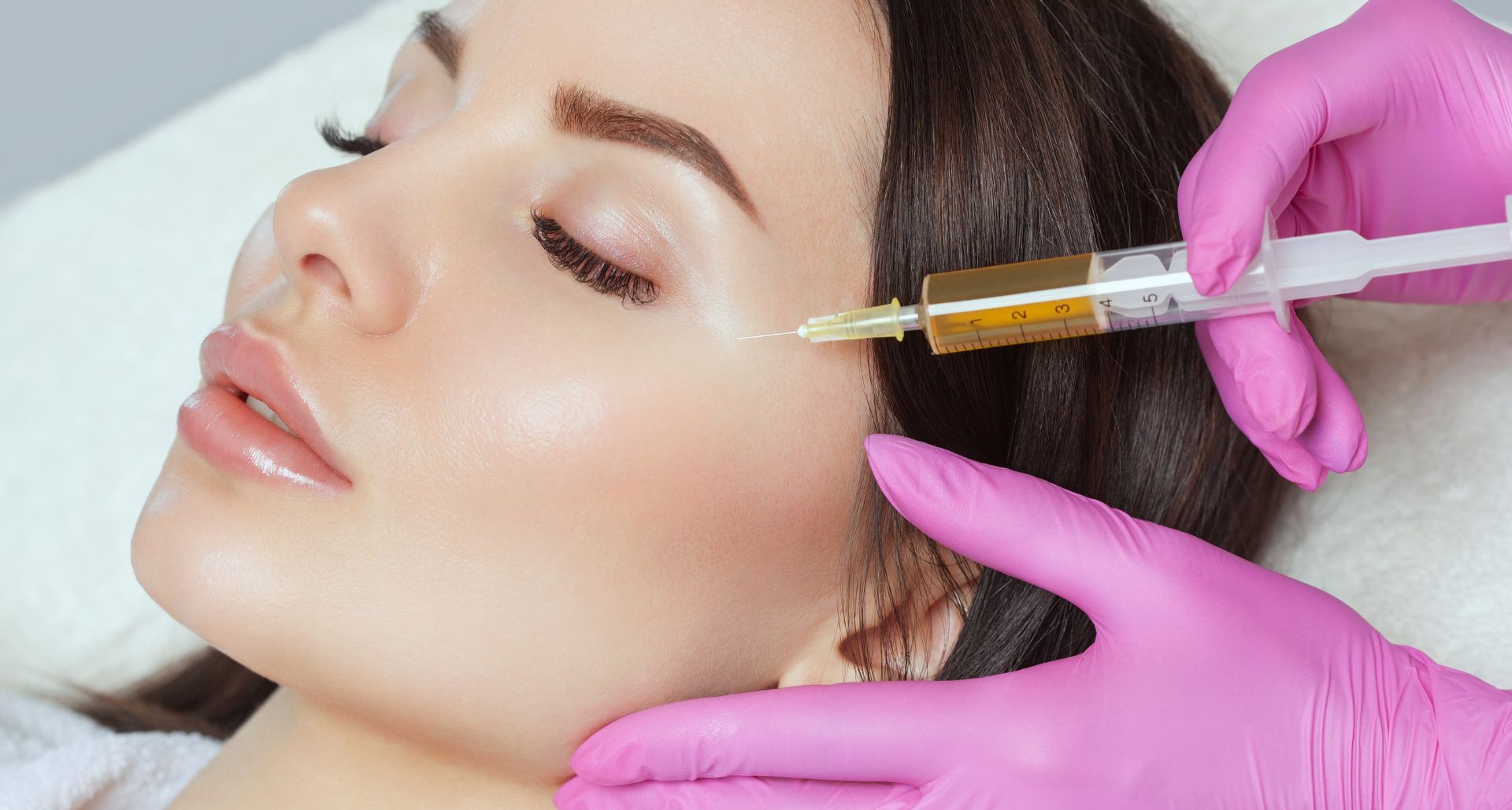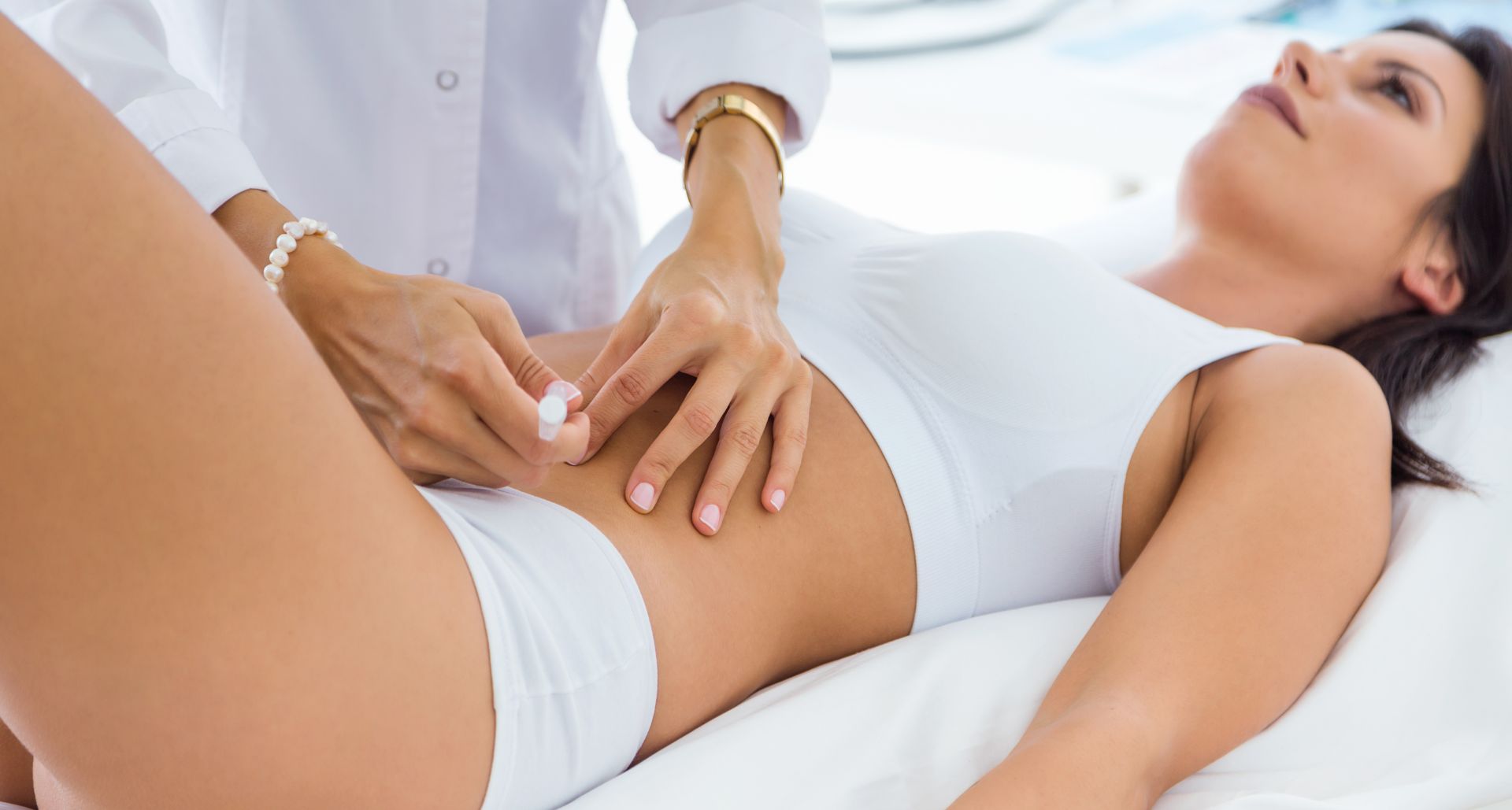Uneven Skin Tone 101: All Your Questions Answered
The skin is the largest, most visible organ in your body. That’s why it plays such a major role in our self-perception and self-confidence. Youthful, radiant skin is the standard everyone wants to attain. With the passage of time, however, this ideal may start evading us and, at times, cause frustration.
Uneven skin tone is a very common issue that many people deal with regardless of their skin type. The term refers to a number of dermatological changes. We’re about to dig deeper into the specifics of uneven tone, the main causes, prevention and treatment strategies.
What’s Uneven Skin Tone?
Texture issues, hyperpigmentation (the appearance of dark spots), hypopigmentation, and blotchy skin all fall under the umbrella of uneven skin tone.
Uneven skin tone occurs whenever the pigment cells – the ones that give the skin its tone – are affected by a condition or an external factor. These cells are called melanocytes and are susceptible to damage in more than one way.
When speaking about uneven skin tone, most people refer to hyperpigmentation – the appearance of dark spots. Hyperpigmentation occurs whenever the melanocytes produce extra amounts of melanin.
Melanin is the pigment that colors your skin. Excess or uneven production of it, however, can easily contribute to the appearance of dark patches or spots.
Hyperpigmentation can occur on any body part. It is most common on the face, hands, chest, and stomach. Some other areas may also be affected, depending on the cause of hyperpigmentation.

Main Reasons for the Appearance of Dark Spots
Even people who have a perfect skincare routine may experience the appearance of dark spots. That’s because hyperpigmentation can be caused by a number of things:
- Sun damage: How often have you read about the importance of broad-spectrum sunscreen? If you’ve ever gone to a board-certified dermatologist, chances are that they’ve recommended protection from sunlight time and time again. That’s because ultraviolet rays can be tremendously damaging. They increase the risk of various problems, including the appearance of sun spots. Unprotected sun exposure has been studied extensively, and research confirms its link to excess melanin production. Keep in mind that sun rays can cause damage even when the exposure is indirect. That’s why sunscreen is a must-use during cloudy and rainy days, as well.
- Hormonal issues: Some people experience the appearance of dark spots during pregnancy, when using hormone-based products (like oral contraceptives) or during menopause. In this case, the condition is called melasma. Melasma is more likely to affect women than men. In fact, one quarter of all women dealing with hyperpigmentation struggle with this common skin condition.
- Aging: Have you heard the term age spots? It stems from the fact that aging is yet another factor that increases the risk of experiencing hyperpigmentation. There are various reasons why older people are more likely to have dark spots than young individuals. The cumulative effects of sun exposure, hormonal changes, and certain medications can all contribute to disturbances in melanin production.

Apart from these most common causes of hyperpigmentation, a few other factors can cause the appearance of skin discoloration:
- Inflammation, especially a chronic inflammatory condition (leading to post-inflammatory hyperpigmentation)
- Autoimmune conditions (some medical problems like lupus erythematosus (LE) have hyperpigmentation as a symptom)
- Metabolic or gastrointestinal conditions
- Certain medications like chemotherapy drugs or even antibiotics, as well as medications that increase the skin’s photosensitivity
- Having a darker skin tone increases the likelihood of excess melanin formation in certain areas
As you can see, hyperpigmentation can sometimes be linked to medical problems. That’s why it’s important to see a skin care specialist and have your general health assessed before looking for any medical or cosmetic treatments.
Uneven Skin Tone Prevention: Strategies That Really Work
Depending on the cause, excess melanin production can be prevented. The best strategies include the following:
- Avoiding excessive sun exposure and reapplying sunscreen frequently (every few hours);
- Using sunscreen with SPF of at least 30, even higher on your face and exposed body parts;
- Avoiding medications that cause increased photosensitivity;
- Adding vitamin C serum to your skincare routine – this powerful antioxidant has a brightening effect that quickly leads to enhanced skin texture;
- Taking proper care of your skin, especially if you're dealing with skin irritation or skin inflammation – picking on acne scars or bug bites isn’t the best strategy if you want to avoid long-term problems.

The Most Reliable Treatments for Uneven Skin Tone
If you already have dark spots, you'll be glad to know that there are treatments and strategies that can reduce their prominence or even make them go away altogether.
Gentle exfoliation
Gentle cosmetic products like glycolic peels or exfoliants based on azelaic acid can have a really good skin tone evening effect. In this case, we’re talking about chemical exfoliants (not products based on sugar or other kinds of scrubs).
Physical peels only target the outer layer of skin. Glycolic, salicylic, and azelaic acid are absorbed and work deeper. They don’t cause surface irritation and have a more potent rejuvenating effect.

The right skin care products
Certain skin care product ingredients can slow down excessive melanin production. Vitamin C has already been mentioned as one example.
Niacinamide is another excellent choice if you want brighter skin and a more even tone. It’s interesting to point out that niacinamide, a form of vitamin B3, blocks the transportation of melanin from the melanocytes to the skin cells. There are lots of great niacinamide-based serums available on the market, and they quickly contribute to fresher, brighter and more youthful skin.
Retinoids should also be prioritized. They have a great anti-aging effect, plus these ingredients block melanin from reaching the skin cells. Keep in mind that the skin should get acclimated to retinol. The ingredient needs to be introduced gently and at lower dosages in the beginning.

Cosmetic treatments
An in-office treatment is a great choice for those who want a skin care professional to help them achieve healthier skin. Luckily, various cosmetic procedures can be employed successfully to make hyperpigmentation disappear.
Chemical peels are often a popular choice. The procedure involves the use of a higher concentration of an active ingredient. A chemical peel removes the outer layer of the skin to stimulate collagen production and the appearance of new cells. There’s enough evidence confirming the fact that chemical peels can make skin look more nourished, reduce the appearance of dark spots, and even out the skin tone.
Laser skin resurfacing does something similar. It is a minimally invasive procedure that uses lasers to remove damaged skin and stimulate collagen production, resulting in softer, smoother, and more youthful-looking skin. Laser resurfacing can be used to reduce the effects of aging, acne scars, sun damage, wrinkles, large pores, and other skin issues, including hyperpigmentation.
Finally, a dermatologist may also recommend microdermabrasion. Another powerful skin exfoliation treatment, microdermabrasion is a good choice for minor cases of hyperpigmentation that don’t necessitate a more in-depth approach.
Dermatological treatments can be the most effective approach to the overproduction of melanin as they usually deliver faster results than topical products. You will also get the added benefit of being monitored by an experienced professional who knows how to modify the approach in order to give you the best results.
Search





